Sign up. Be inspired. Get clicking.
SAF programs in the USA: sustainable aviation fuel initiatives
1 January 2023
We’re excited to dive into the SAF programme in the United States. It’s all about making air travel more sustainable. The programme encompasses various components, such as policies and funding, to facilitate the increased use of sustainable aviation fuel.
The SAF Grand Challenge is a significant element of this initiative. It aims to reduce greenhouse gas emissions from aviation by 2030, with the goal of producing 3 billion gallons of SAF annually. By 2050, the intention is to generate enough for every flight in the country. Many organisations are collaborating to achieve this aim, including companies, educational institutions, laboratories, and government bodies. They are sharing insights through a Request for Information (RFI) to assist in meeting the challenge.
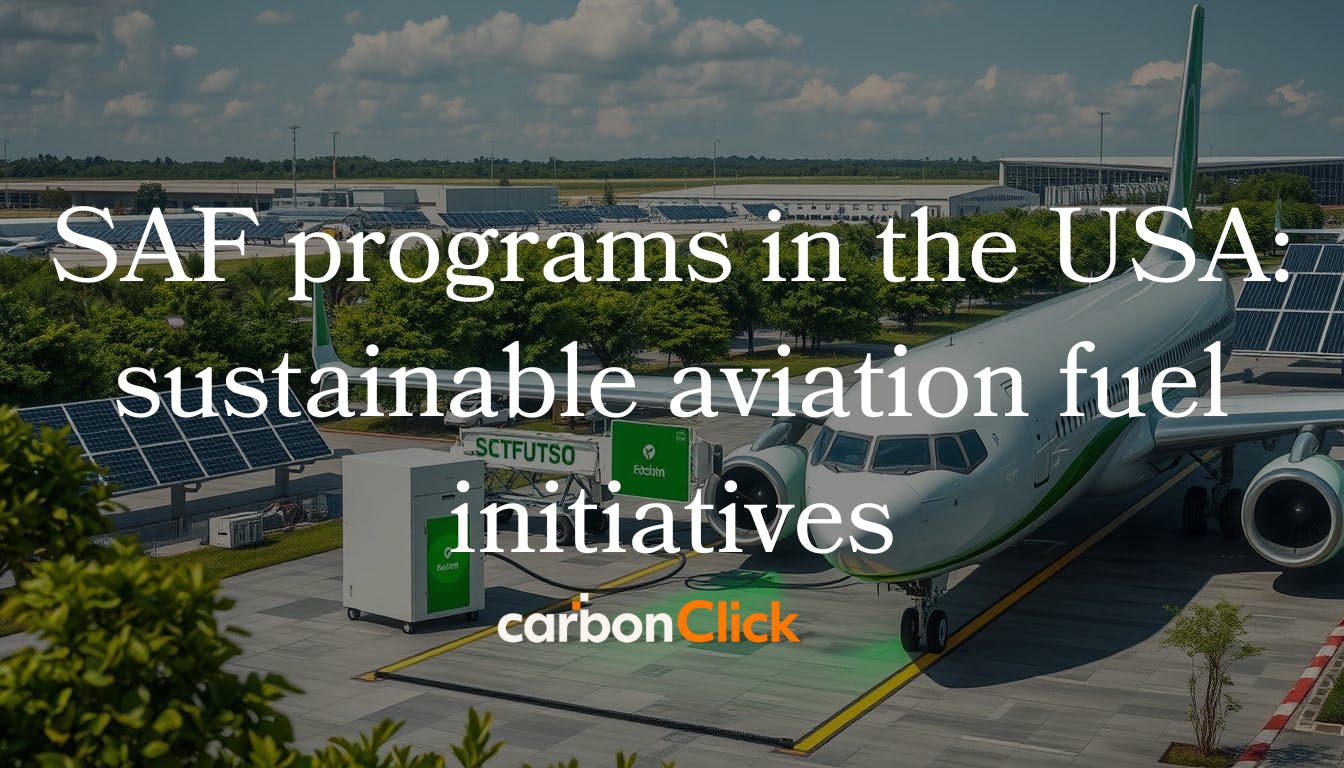
What is Sustainable Aviation Fuel (SAF)?
Sustainable Aviation Fuel (SAF) is a new type of jet fuel produced from non-petroleum sources. It can be blended with conventional jet fuel, up to 50% depending on its production method. This biofuel is beneficial for the environment, significantly reducing greenhouse gas emissions.
Definition and benefits of SAF
SAF is a fuel that can be used in aircraft and at airports without requiring any modifications. It is derived from materials such as waste, vegetable oils, and even CO2. This makes it a more sustainable choice than conventional jet fuel, reducing emissions by up to 94%.
Emission reduction potential of SAF
SAF is effective in diminishing air travel emissions. Using 100% SAF can decrease greenhouse gas emissions by up to 94%. This reduction accounts for emissions from the production, transportation, and combustion of the fuel. SAF also contributes by utilising CO2 to power flights, resulting in a cleaner aviation industry.
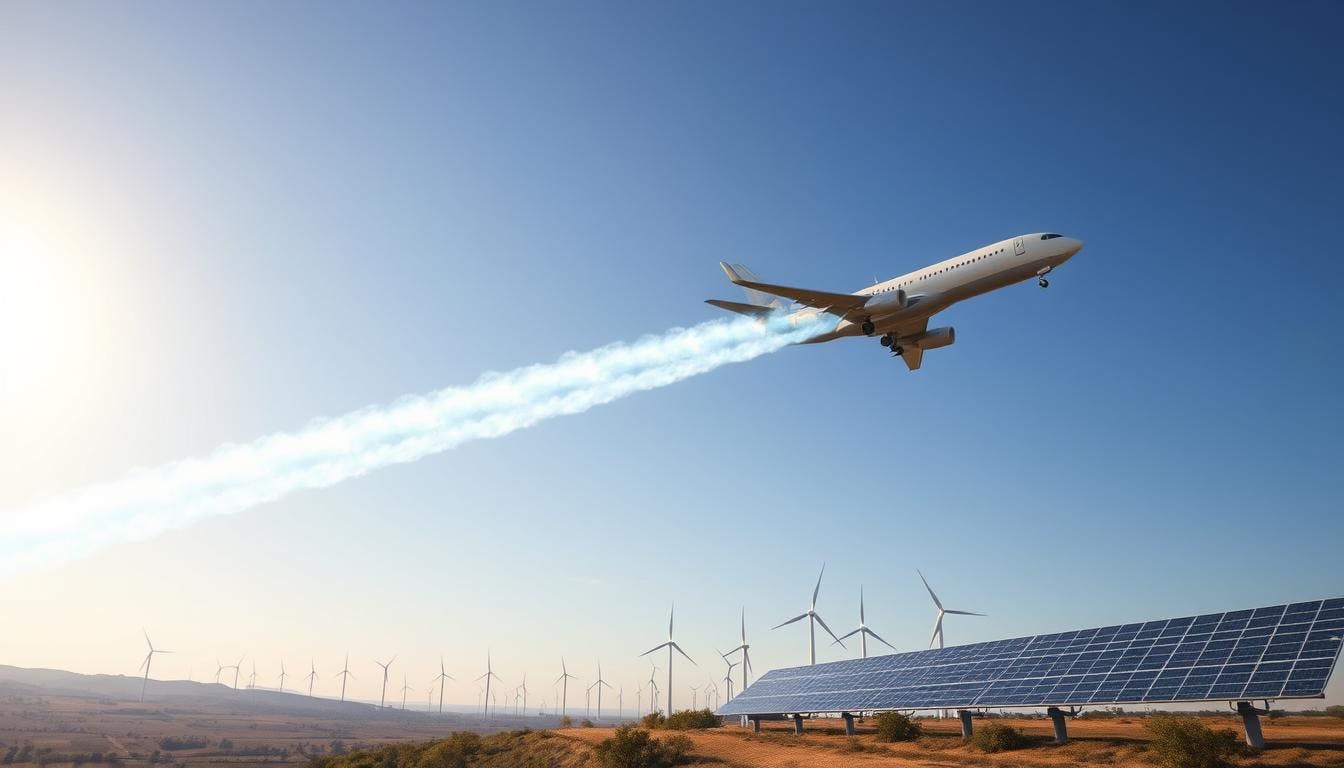
SAF program in USA: An overview
The Sustainable Aviation Fuel (SAF) programme in the United States is a significant effort to make flying more sustainable. It is led by the U.S. Department of Energy, the U.S. Department of Transportation, and the U.S. Department of Agriculture. Their aim is to create a cleaner aviation sector through the use of SAF.
The objective is to reduce greenhouse gas emissions from flying by half. They intend to produce 3 billion gallons of SAF annually by 2030. By 2050, they hope to utilise 100% SAF for aviation, amounting to 35 billion gallons each year.
To achieve these SAF programme goals, the government has established several initiatives. The Fueling Aviation's Sustainable Transition (FAST) Grant Programme allocates $291 million for SAF projects. This encompasses the production, transportation, blending, and storage of SAF, as well as advancements in aviation technology.
CAAFI (Commercial Aviation Alternative Fuels Initiative) since 2006. They focus on finding and using alternative jet fuels for flying.
With a clear plan, the U.S. is ready to lead in making flying more sustainable. They're using new tech, partnerships, and government support to meet their big SAF goals.
Key players in SAF production
The USA's sustainable aviation fuel (SAF) industry is growing rapidly. Companies like World Energy, Neste, and Montana Renewables LLC are leading the way. They have established advanced SAF production facilities and are increasing their output to assist the aviation sector in becoming more sustainable.
Leading SAF producers in the USA
World Energy began producing SAF in Paramount, California, in 2016, being one of the first to do so in the USA. Neste, a global leader, commenced supplying SAF to San Francisco International Airport in 2020 and has since expanded to other airports in California and Colorado.
Montana Renewables LLC, a joint venture between Shell and an existing plant, started producing SAF in 2023 and supplies fuel to several airlines.
Expansion of domestic SAF plants
New domestic SAF production facilities are being developed to meet demand. Airlines have entered agreements with these producers to purchase all the fuel they can produce. The U.S. Environmental Protection Agency (EPA) reports a significant increase in SAF usage in the USA.
From 5 million gallons in 2021 to an estimated 24.5 million gallons in 2023, SAF usage is rising quickly. This demonstrates that the country's SAF production capacity is expanding rapidly.
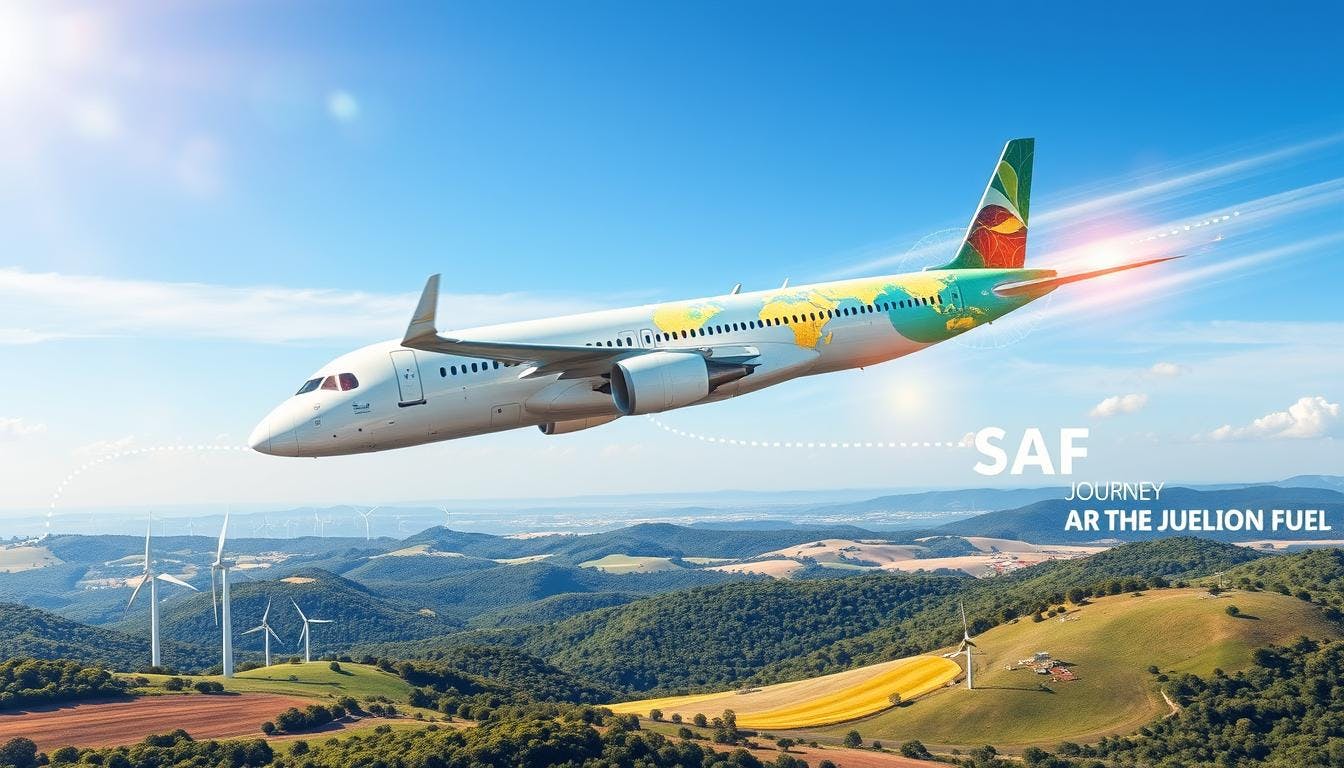
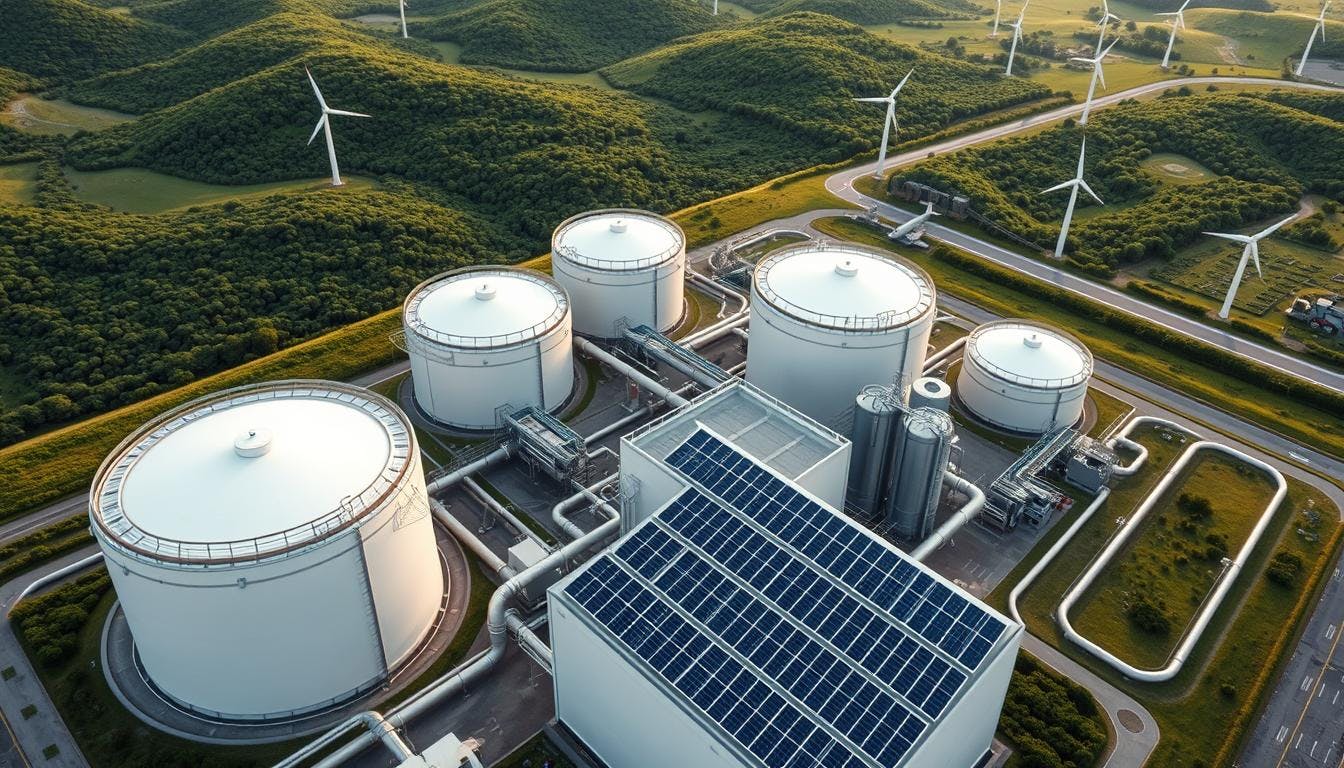
SAF production pathways and feedstocks
In the United States, the production of sustainable aviation fuel (SAF) employs various approved methods that utilise renewable materials. These processes facilitate the blending of SAF with conventional jet fuel to reduce greenhouse gas emissions from aviation.
Approved SAF production pathways
There are several methods for producing SAF, including Fischer-Tropsch Synthetic Paraffinic Kerosene (FT-SPK) and Hydroprocessed Esters and Fatty Acids (HEFA-SPK). Other methods include Hydroprocessed Fermented Sugars to Synthetic Isoparaffins (HFS-SIP) and FT-SPK with Aromatics (FT-SPK/A). Alcohol-to-Jet Synthetic Paraffinic Kerosene (ATJ-SPK) and Catalytic Hydrothermolysis Synthesized Kerosene (CH-SK or CHJ) are also utilised. Each method requires specific feedstocks and can blend with Jet A fuel up to 50%.
The SAF production pathways approved by ASTM International provide producers with a range of options, allowing them to select the most suitable method based on the availability of materials and the regulatory framework they must adhere to.
Feedstock sources for SAF production
SAF can be derived from numerous non-petroleum sources, including food and yard waste, woody biomass, fats, and greases. Plant oils, animal oils, and waste fats are also utilised, along with sugars and cellulosic biomass, which can be converted into SAF using approved methods.
The utilisation of renewable feedstocks and waste materials underscores the aviation industry’s commitment to sustainability, aiming to reduce the carbon footprint of air travel.
Distribution and supply chain of SAF
The demand for Sustainable Aviation Fuel (SAF) is increasing rapidly. It is essential to establish an effective distribution and supply chain. SAF must be blended with conventional Jet A fuel before it can be utilised in aircraft. This blending can occur at various points in the supply chain, facilitating integration into existing systems.
SAF can be mixed with Jet A at a refinery or at a biofuels facility. If mixed at a refinery, the fuel follows the standard supply chain, being transported via pipeline to terminals and subsequently by truck to airports. If mixed at a biofuels plant, the fuel is sent to terminals and then to airports using either pipeline or truck.
The blending can also take place at a terminal located near an airport or further away. The fuel is then transported to the terminal by pipeline or barge. Airports receive the blended fuel through the same pipelines and trucks, ensuring that fuel operations run smoothly.
Developing robust SAF distribution and supply chain networks is crucial. By collaborating, industry stakeholders, government entities, and local organisations can address challenges and help establish the necessary infrastructure for SAF blending and distribution to the required locations.
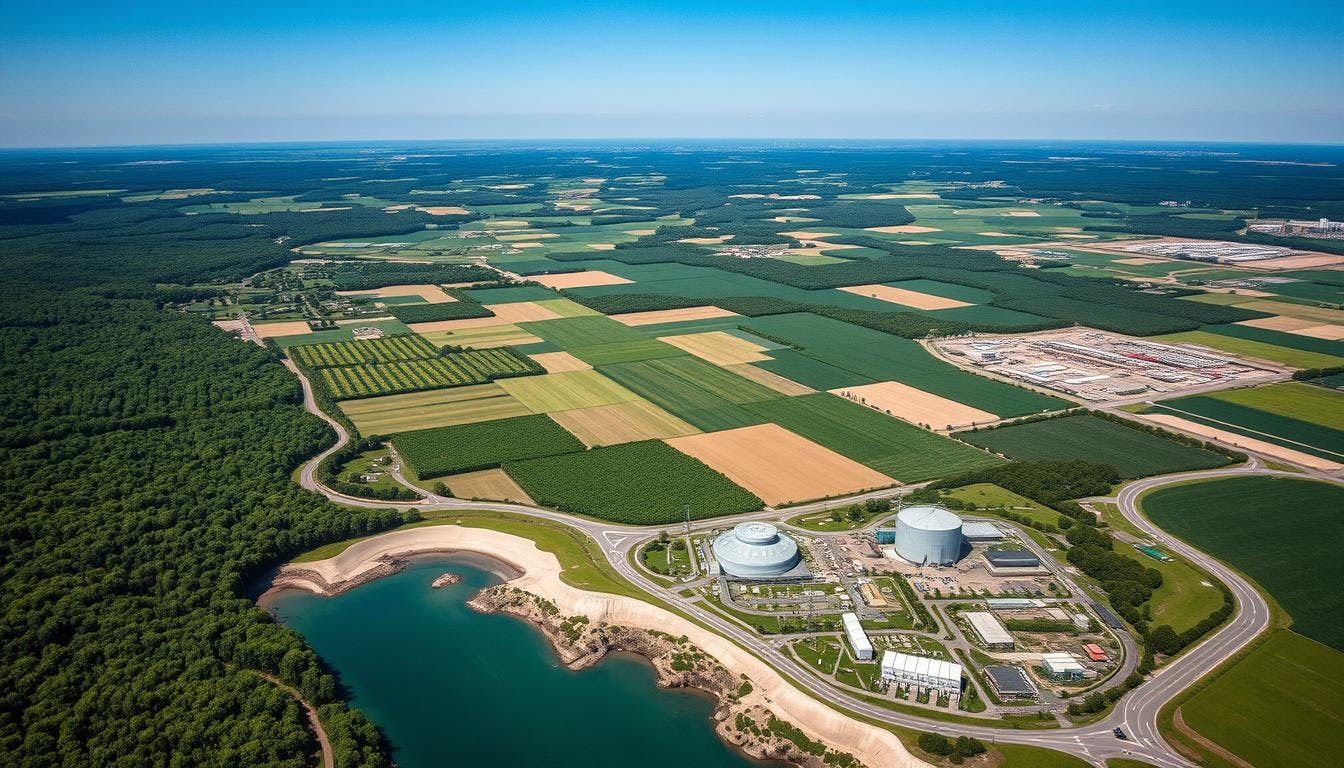
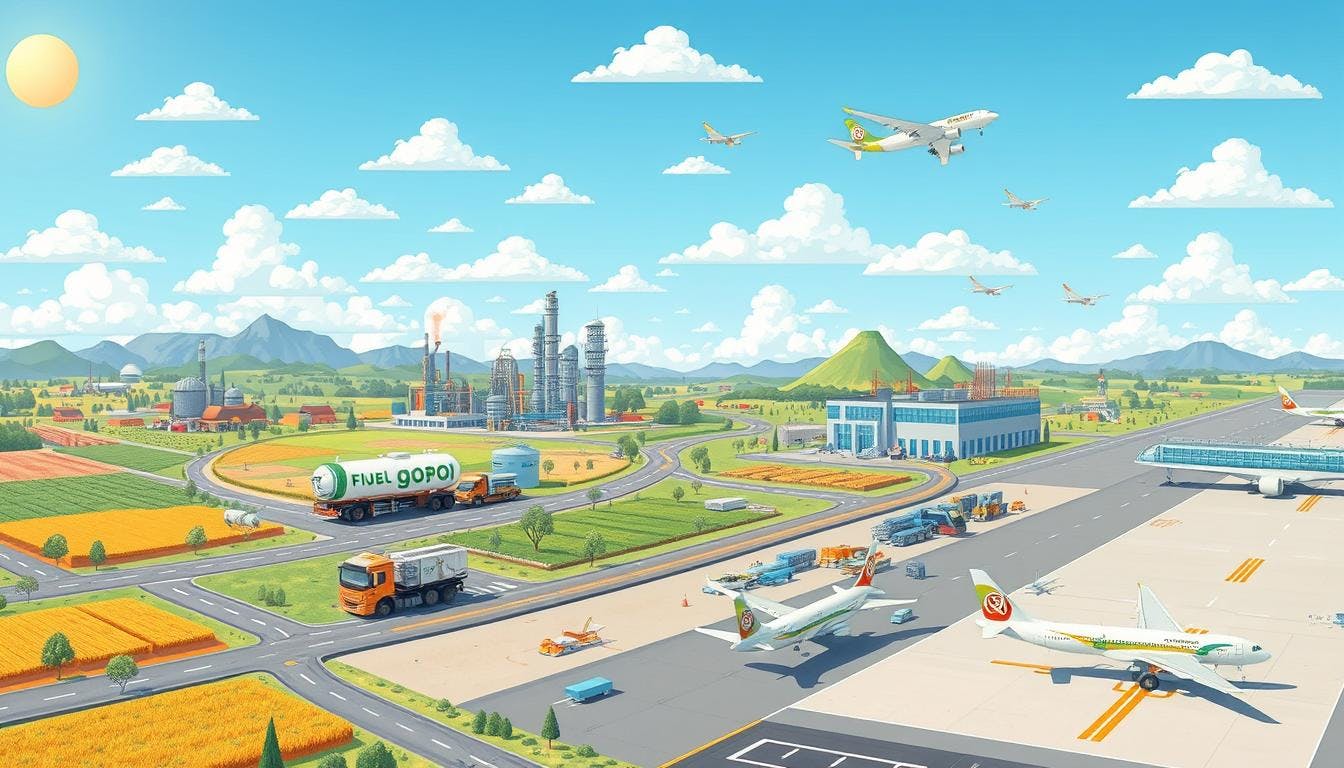
Research and development in SAF
The U.S. government is actively working to enhance Sustainable Aviation Fuel (SAF) research and development. The Sustainable Aviation Fuel Grand Challenge represents a significant initiative, led by the U.S. Department of Energy, the U.S. Department of Transportation, and the U.S. Department of Agriculture. Their objective is to make SAF cheaper, more sustainable, and widely accessible.
The Grand Challenge has ambitious goals, aiming to reduce greenhouse gas emissions by at least 50% compared to conventional fuels. They also seek to produce at least 3 billion gallons of SAF annually by 2030. By 2050, they hope to fulfil all aviation fuel requirements in the U.S., which is projected to be 35 billion gallons each year.
SAF research projects and initiatives
Numerous SAF research and development projects are currently underway. The Aviation Sustainability Center (ASCENT) conducts testing and evaluation of SAF to ensure it performs effectively with today’s aircraft and meets safety standards. The Continuous Lower Energy, Emissions, and Noise (CLEEN) programme also contributes by sharing findings with ASTM International to assist in the creation of new fuel standards.
These SAF R&D initiatives are pushing the U.S. towards a sustainable aviation future. The government is working hard to make flying more sustainable.
SAF program in USA: Government initiatives
The U.S. government is working diligently to make sustainable aviation fuel (SAF) more widespread. This is part of its strategy to achieve net-zero greenhouse gas emissions from aviation by 2050. A major component of this initiative is the Fueling Aviation's Sustainable Transition (FAST) grant programme.
Fueling aviation's sustainable transition (FAST) grants
The FAST grant programme was established under the Inflation Reduction Act of 2022. It aims to boost SAF production and support new, cleaner aviation technologies, advancing sustainability in the aviation sector and assisting the U.S. in meeting its climate goals.
The government has allocated $245 million for the FAST grants, reflecting its strong commitment to SAF initiatives and increasing SAF usage. The FAST grants will play a crucial role in making sustainable aviation fuel more accessible, helping the industry reduce its environmental impact.
In addition to the FAST grants, the U.S. government has introduced other SAF funding schemes, including tax credits, subsidies, and research programmes. These efforts are instrumental in expanding the SAF market in the U.S., supporting the necessary investments and technologies to achieve the nation’s SAF objectives.

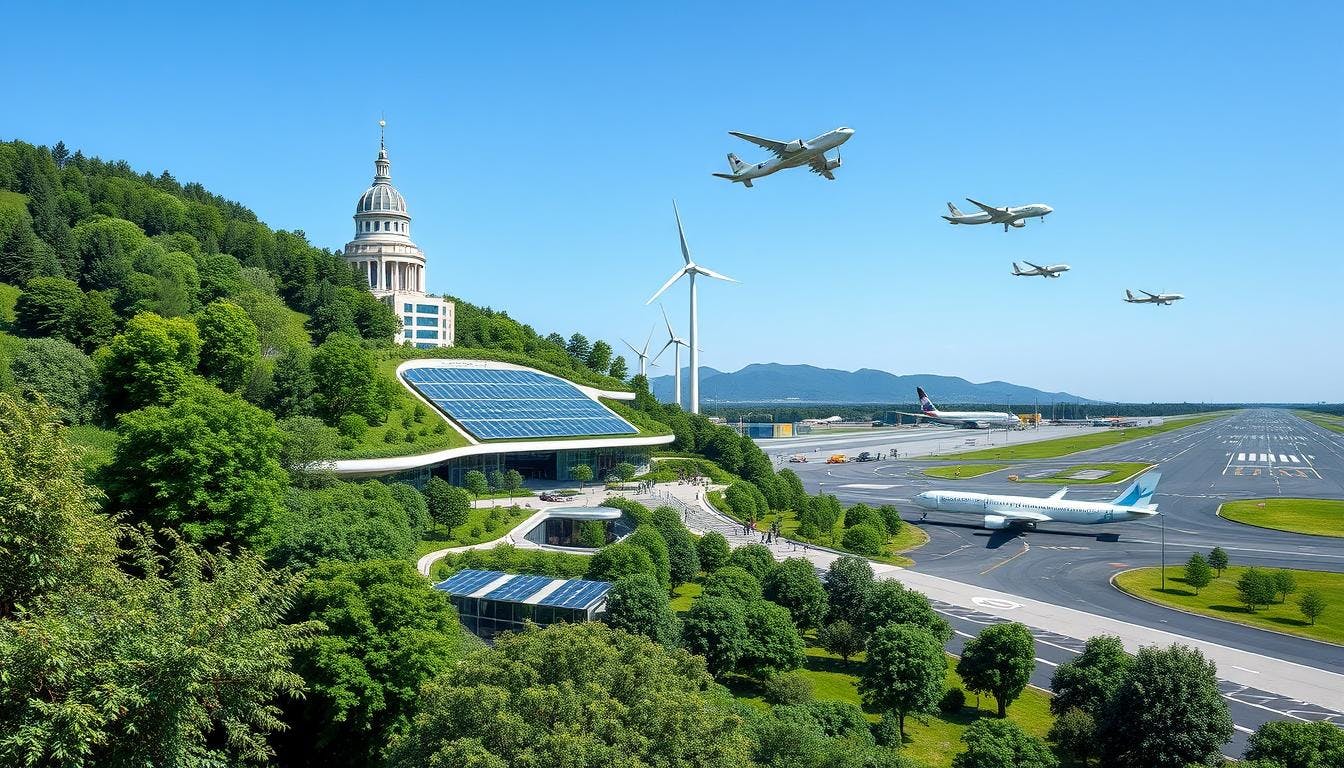
Partnerships and Collaborations
At the core of the successful deployment of sustainable aviation fuel (SAF) in the United States are the robust industry partnerships and public-private collaborations that drive innovation and advancement. The Federal Aviation Administration (FAA) has played a leading role in promoting these vital alliances, drawing on resources and expertise from the private sector to support SAF initiatives.
Industry partnerships for SAF development
The FAA's ASCENT (Aviation Sustainability Center) programme exemplifies SAF industry partnerships in action. As a Centre of Excellence, ASCENT requires a 100% cost-share from non-federal sources, ensuring strong engagement and commitment from a broad range of aviation stakeholders, including industry leaders.
Additionally, the FAA's CLEEN (Continuous Lower Energy, Emissions, and Noise) initiative is a public-private partnership in which industry partners provide a cost share that matches or exceeds the FAA’s contribution.
The FAA further supports SAF collaboration through the Commercial Aviation Alternative Fuels Initiative (CAAFI), a platform that fosters coordination between research and development efforts, the commercial aviation sector, and the emerging alternative fuels industry. These collaborative efforts have been instrumental in advancing the development and adoption of sustainable aviation fuels across the United States.
International leadership in SAF adoption
The Federal Aviation Administration (FAA) plays a leading role in addressing the global environmental impact of aviation. It actively promotes international efforts to advance sustainable aviation fuels (SAF) and assists the International Civil Aviation Organization (ICAO) by sharing its expertise on SAF. This collaboration supports the recognition of SAF under the Carbon Offsetting and Reduction Scheme for International Aviation (CORSIA).
ICAO aims to reduce CO2 emissions from international flights by 5% by 2030, and the 41st ICAO Assembly set an ambitious target of net-zero carbon emissions by 2050. SAF is viewed as a crucial factor in achieving CO2 reductions for aviation.
Under the ICAO-EU project, seven SAF studies were conducted. ICAO monitors SAF developments through a Stocktaking Process and is establishing the ICAO Finvest Hub to help fund projects for cleaner aviation.
San Francisco International Airport (SFO) is a leader in SAF implementation, demonstrating how industry partnerships and supportive policies can reduce aviation’s climate impact. SFO, Arup, and other stakeholders highlight how airports can integrate SAF into existing systems to promote more sustainable air travel.
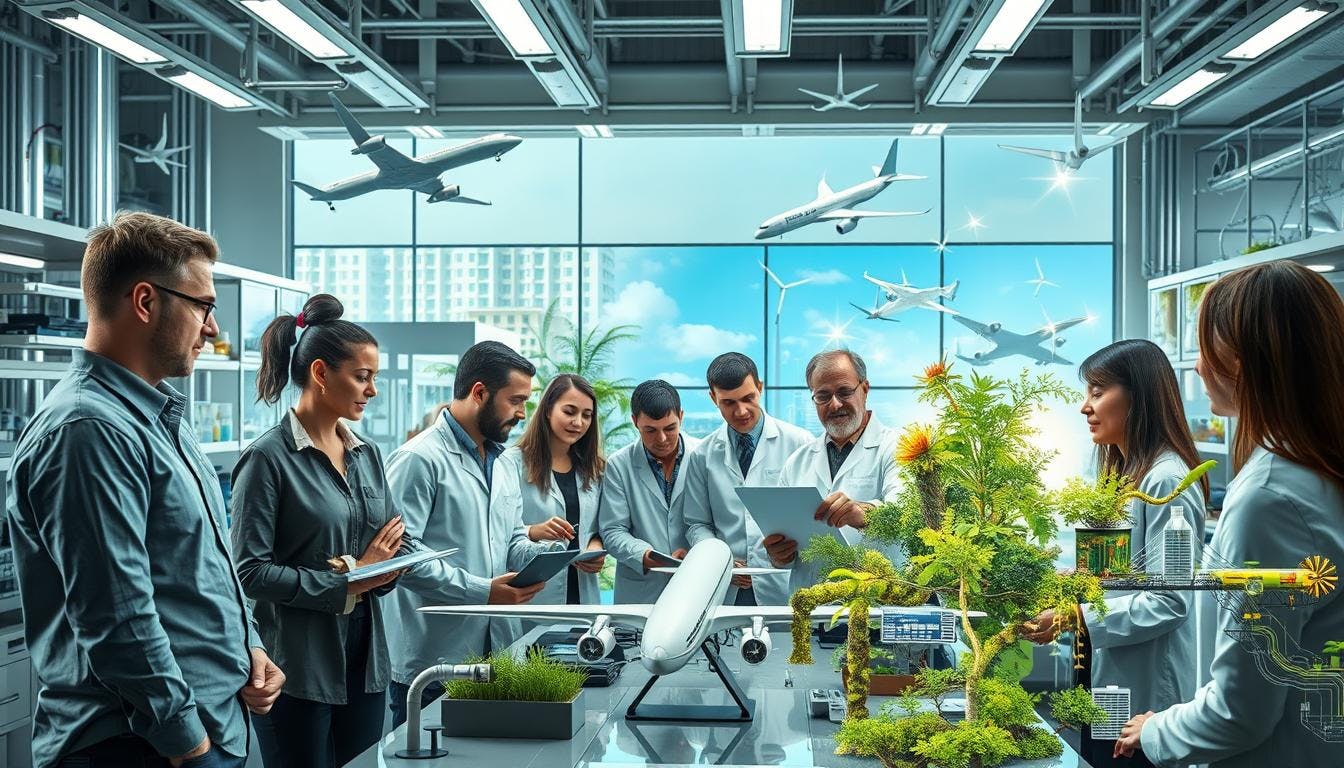

SAF program in USA: Future outlook and goals
The SAF Grand Challenge is crucial to reducing aviation emissions. The U.S. government and private sector aim to achieve net-zero emissions in the aviation sector by 2050. They plan to collaborate to meet these objectives, focusing on increasing emissions reductions and supporting SAF technology.
By 2030, the goal is to produce 3 billion gallons of sustainable aviation fuel annually, which would reduce aviation emissions by 20% compared to current levels. By 2050, it is hoped that all domestic aviation fuel needs will be met with SAF, reaching a total of 35 billion gallons each year.
There is optimism regarding the future of the SAF programme in the USA. It will drive technological advancements, strengthen supply chains, and garner policy support. With continued investment and innovation, the aim is to lead the world in sustainable aviation fuels, ensuring a more sustainable aviation industry for future generations.
17 South Street
Auckland 1010
New Zealand
info@carbonclick.com- -
- X
Subscribe now to stay up to date with CarbonClick, carbon offsetting and climate action.
By signing up you agree to our Privacy Policy.


